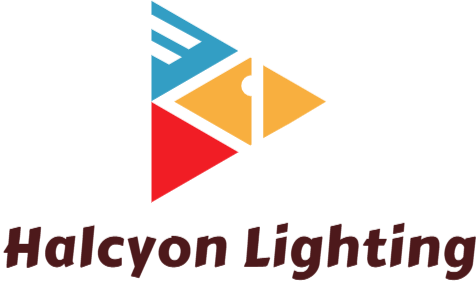Introduction
Film enthusiasts and professionals alike would agree that cinematography plays an essential role in the storytelling process of any film. It’s the art of capturing a moving picture, creating a visual language that translates emotions, mood, and atmosphere.
Cinematography has evolved immensely over time. With new technologies and techniques emerging every day, filmmakers are exploring unique and innovative ways of capturing their vision. In recent years, balloon lights cinematography has taken the film industry by storm with its stunning visual aesthetic and ability to create dynamic shots.
What is Balloon Lights Cinematography?
Balloon lights cinematography is a technique that involves the use of large, helium-filled balloons equipped with integrated lighting systems. These balloons are inflated with helium and launched above a film set, providing a soft and diffused light source from above. This technique is often used in night-time or low-light settings to create a cinematic look with a dramatic effect.
The Advantages of Balloon Lights Cinematography
One of the significant advantages of balloon lights cinematography is its ability to create natural-looking lighting. Unlike traditional lighting setups, which can often look harsh and artificial, balloon lights provide a soft, diffused light source that mimics natural light. This allows filmmakers to capture more organic shots, creating a sense of realism and authenticity.
Additionally, balloon lights can cover a large surface area, illuminating a wider range of shots in a single setup. Traditional lighting setups often require multiple light sources, taking up valuable set space and time. Balloon lights eliminate the need for multiple setup changes, allowing filmmakers to concentrate on capturing the perfect shot.
The Challenges of Balloon Lights Cinematography
While balloon lights offer unique advantages, they also present their own set of challenges. One of the biggest challenges of balloon lights cinematography is their vulnerability to weather conditions. High winds and rain can easily damage the balloons and lighting equipment, often causing shooting delays or cancellations.
Additionally, balloon lights are limited in their versatility. They’re best used in night-time or low-light settings, making them somewhat inflexible on set.
Examples of Balloon Lights Cinematography in Film
Balloon lights cinematography has been used in many well-known films to create a stunning visual aesthetic. One example is the 2019 film “Joker,” where balloon lights were used to create a dramatic, eerie look. The technique provided a soft, blue light that enhanced the gloomy, haunting atmosphere, making the film even more immersive.
Another example of balloon lights cinematography can be seen in the 2019 film “1917.” The technique was incorporated throughout the movie, providing diffused overhead lighting that made the sets seem more realistic and immersive.
Conclusion
Overall, balloon lights cinematography has enabled filmmakers to capture stunning shots with a unique, dramatic effect. While the technique does present its own set of challenges, the advantages far exceed the disadvantages. It’s clear that balloon lights cinematography is here to stay, and as technology continues to advance, we can expect to see more innovative techniques and tools that will revolutionize the world of cinematography.
